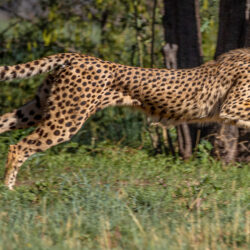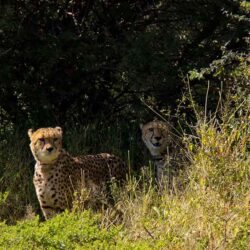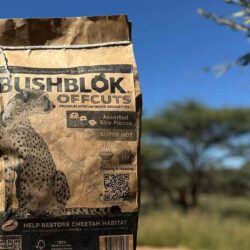Farm Visits and Goats Numbered Eleven
-
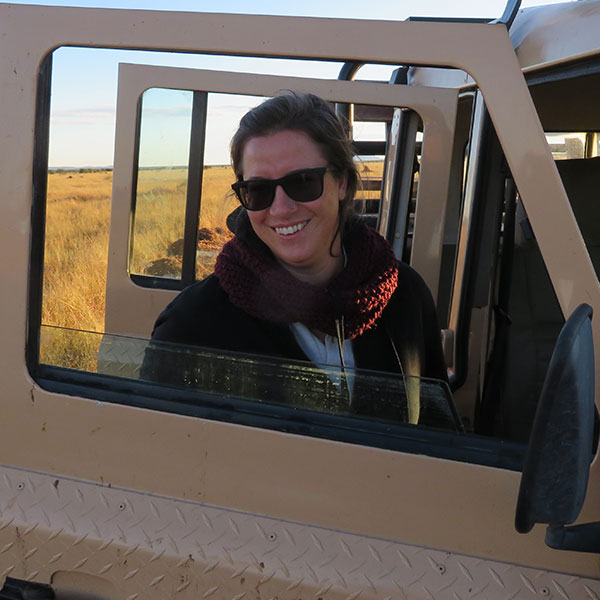
- by Nadja LeRoux June 17, 2020

We have spent some time catching up with farmers that we held workshops with in 2019. The drought has had a terrible effect on our farmers who have endured great losses. They have been very happy to see us.
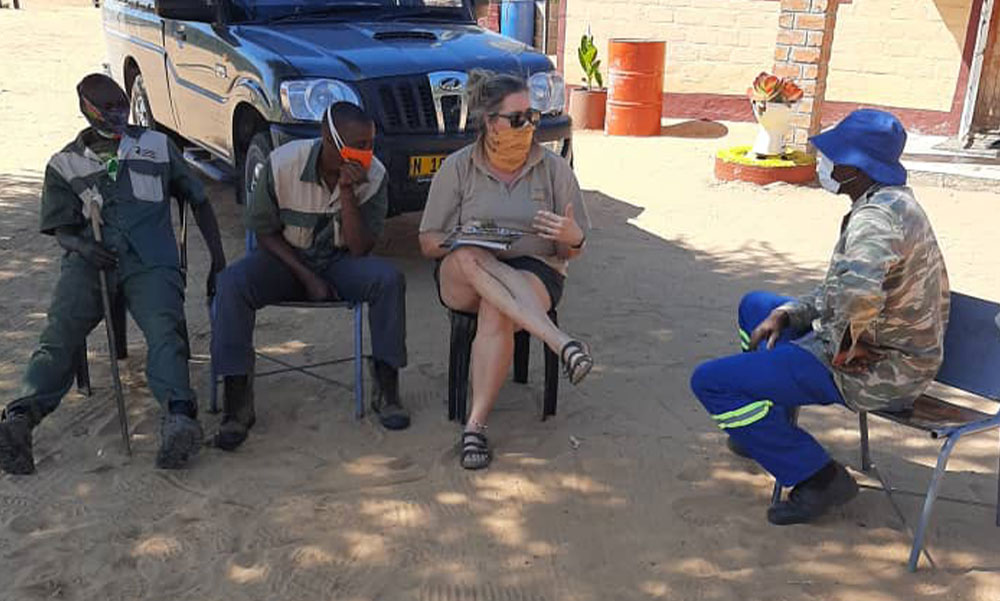
One farmer implemented one of the methods we trained for last year in our Livestock Health as a Mitigation Tool course. He built a separate kraal for his pregnant goats and goats that have recently dropped kids. This method enables kids and mothers to bond properly, gives them enough space in the kraal to not be bothered by other goats. Kids can suckle without being disturbed allowing kids to get good feeds and a better chance at a healthy start to life.
We used our farm visits to check up on the African wild dogs in the area and the team opportunistically put up some camera traps. We will collect data on the population and ecology of the wild dogs in this area. The population in Namibia is not fully known, so studies are critical. The animals within Kavango–Zambezi Transfrontier Conservation Area (KAZA) will play a significant role with genetic diversity of the overall population of Namibia.

Wild dogs are often blamed for injuries or predation of livestock. They are an intensely feared and misunderstood predator. When we are called out to farms, the team inspects injured livestock or predated livestock carcasses so that we can make a correct assessment on the predator. In this case, we were taken to a calf that the farmers said had been attacked by African wild dogs. We quickly determined that the injury was inflicted by a brown hyena. Wild dogs are pack animals, so if the animal was killed by wild dogs there would be bite wounds on the calves back legs and other parts. Brown hyena are solitary and the calf lost only a bit of its tail with no other injuries. Biting and hanging on to the tail is a typical method that brown hyenas use to bring down their prey. Wild dogs also bring their prey down from the backside so if you aren’t fully aware of behaviors or aren’t looking carefully at all the signs, you may blame the wrong predator for the attack. It’s important to help farmers with kill identification (Kill ID) so that species relevant predation mitigations can be implemented.
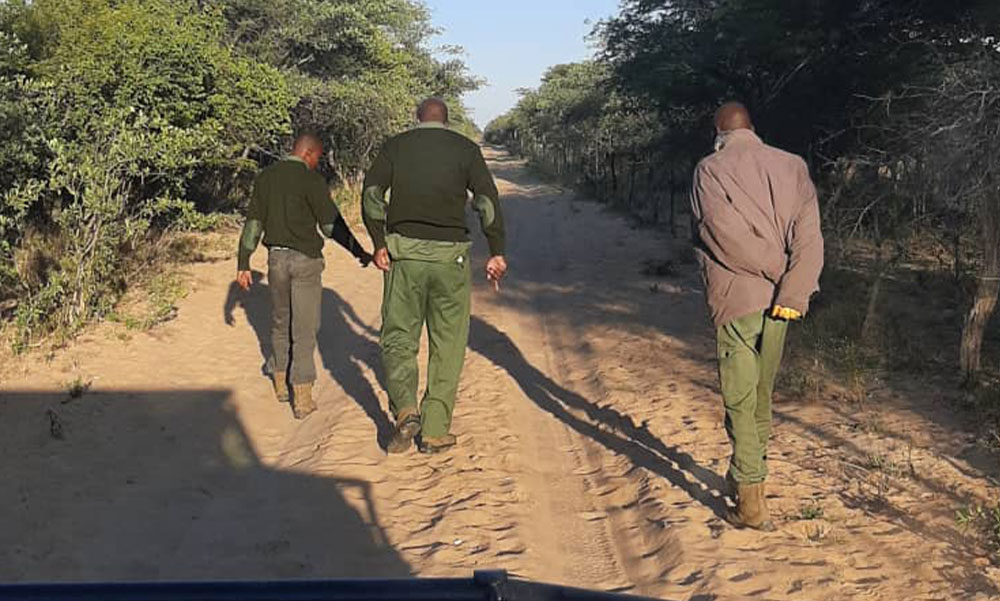
We also had an opportunity to see some spoor (tracks). Roads early in the morning are a great place to look for spoor, you can see the tracks very clearly before they are disturbed by cattle walking over them. Wildlife, particularly carnivores, like to walk alongside roads at night. In this case the rangers spotted brown hyena spoor, very close to a homestead.
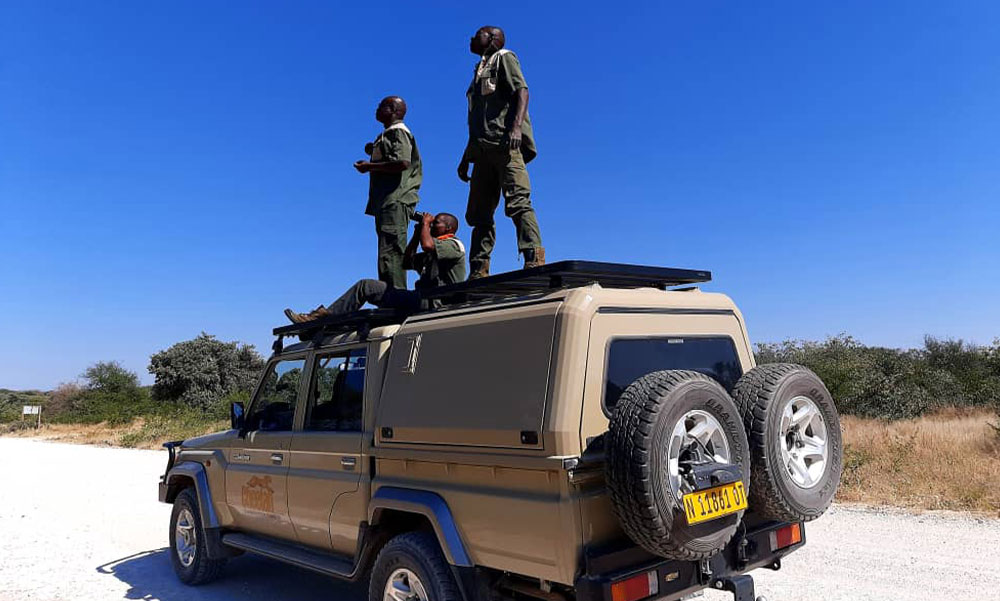
Wildlife Sighting
It doesn’t matter if we’re meeting with farmers, investigating reports, tracking in the Bush, we’re keeping an eye out for anything that could be an indication of wildlife. In the photo above, we observed some Vultures circling and stopped to have a better look. In this case the Vultures were just riding the updraft looking for a source of food, if there was something fresh they would have been diving.
Related Reading
-
October 14, 2025
Cheetahs Were Born to Run -
July 3, 2025
Double Your Donation During July and August

